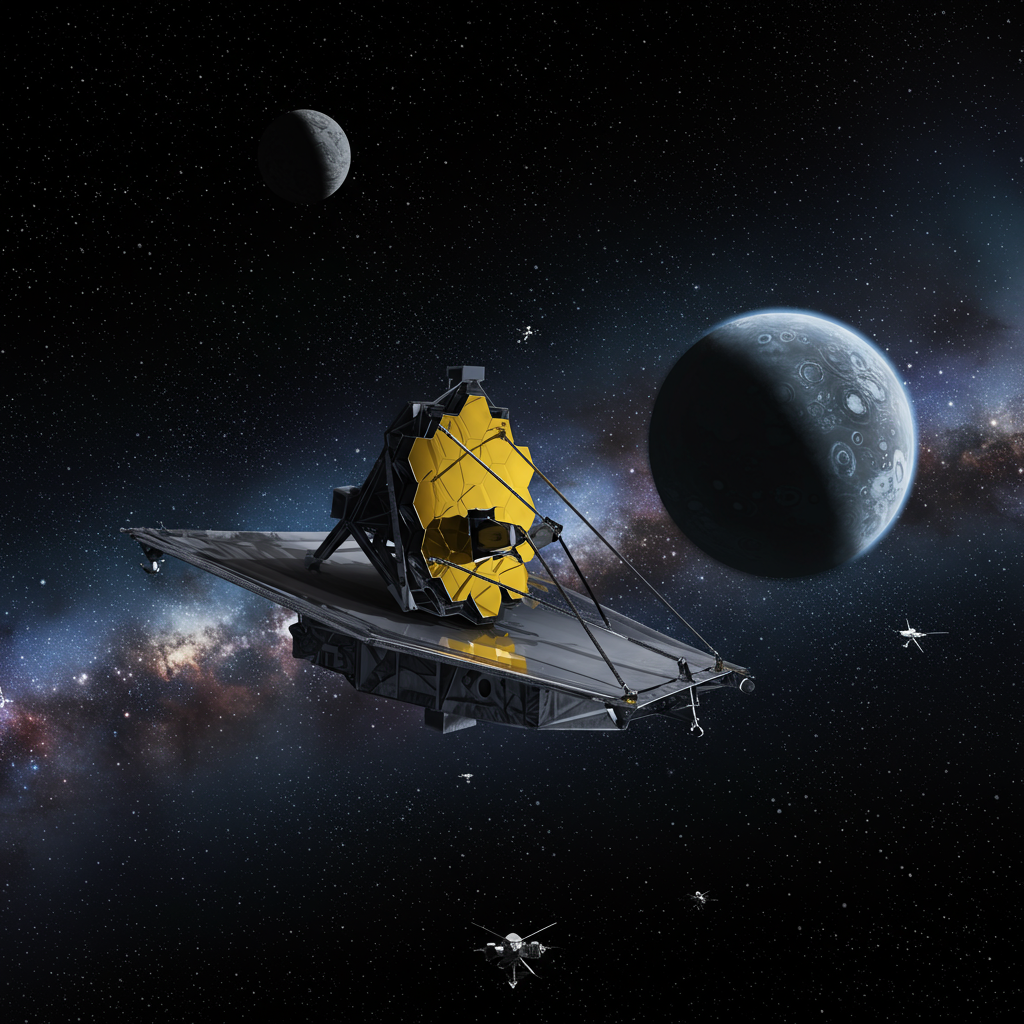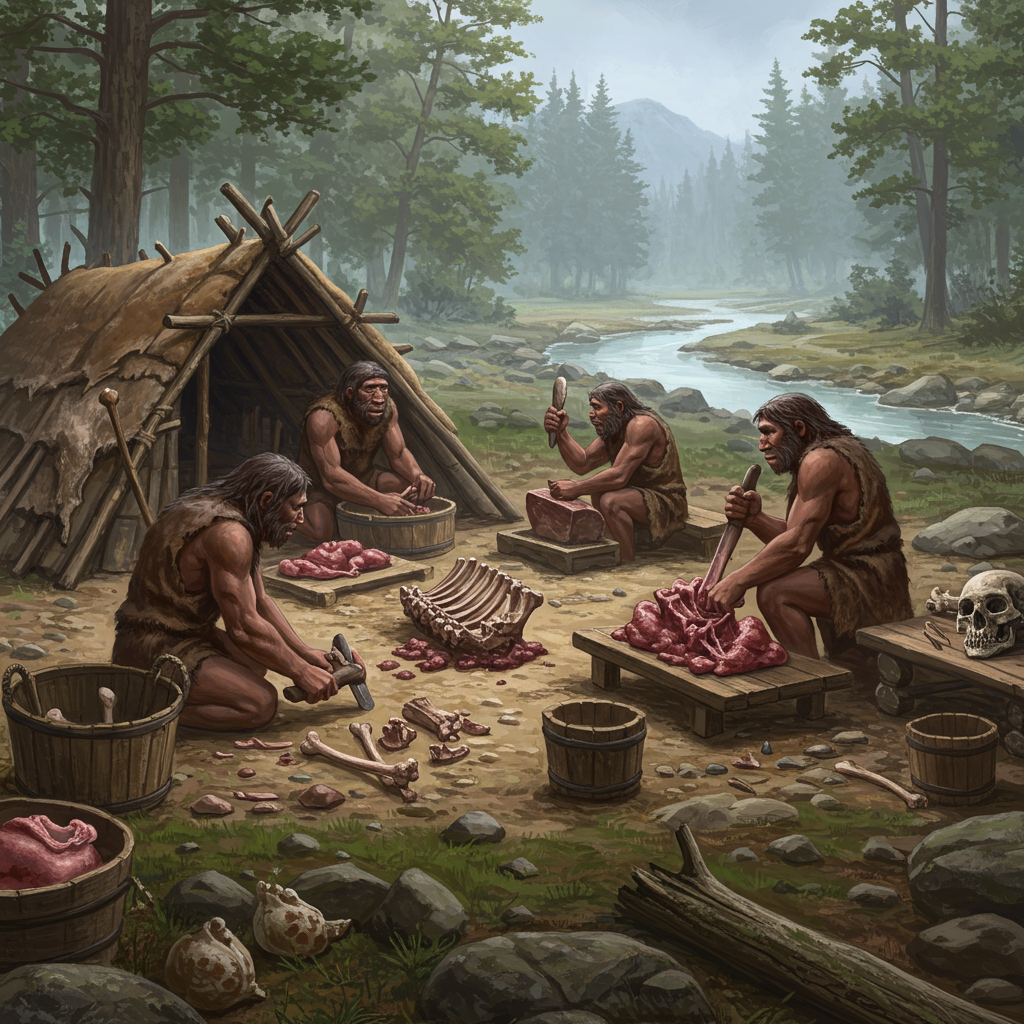The James Webb Space Telescope (JWST) continues to push the boundaries of astronomical discovery, recently capturing a direct image of an exoplanet designated 14 Herculis c (14 Her c). This distant world, orbiting a sun-like star approximately 60 light-years away in the constellation Hercules, stands out as one of the coldest, oldest, and faintest planets ever directly imaged by astronomers.
Announced on June 10th, this observation represents a significant achievement, particularly because directly imaging exoplanets is notoriously difficult. Planets are often thousands to billions of times fainter than their host stars, making them easily lost in the stellar glare. While most directly imaged exoplanets to date have been hot, young gas giants that emit substantial infrared light, making them easier to spot, 14 Her c is different.
A Deep Freeze World with a Peculiar Past
Estimated to be around 4 billion years old – roughly the same age as our solar system – 14 Her c exists in a deep freeze. Its atmospheric temperature is a frigid 26 degrees Fahrenheit (-3 degrees Celsius). This gas giant, with a mass estimated to be about seven times that of Jupiter, orbits its star, 14 Herculis, at a vast distance of roughly 1.4 billion miles (2.2 billion kilometers). This position is about 15 times the Earth-Sun distance, comparable to the space between Saturn and Uranus in our own solar system.
However, what truly sets the 14 Herculis system apart is its highly unusual orbital arrangement. The two known planets, including 14 Her c, follow orbits that are significantly misaligned, estimated to be at an angle of around 40 degrees to each other. This creates a striking “X”-like pattern around the central star.
Researchers propose that this bizarre, turbulent configuration might be the result of a dramatic event early in the system’s history. The gravitational disruption caused by the ejection of a third, massive planet could have triggered a “planetary tug of war,” throwing the remaining worlds into their current, strangely stable orbits. Scientists are actively working to model the precise scenarios of planet-planet scattering that could create such an exotic layout.
JWST’s Power to Pierce the Glare
The successful direct imaging of 14 Her c, despite its faintness, was aided by its unique, tilted orbit within the system. This specific orientation allowed astronomers to confidently predict that JWST’s capabilities could isolate the planet. Using JWST’s Near-Infrared Camera (NIRCam) instrument, specifically its coronagraph – a tool that effectively blocks out the bright starlight – the research team led by W. Balmer was able to resolve and capture the planet’s faint infrared glow. This demonstrates JWST’s ability to expand the catalog of directly imaged worlds to include older and colder exoplanets than previously possible.
Atmospheric Clues and Unexpected Findings
Despite its significant age and mass, 14 Her c appeared unexpectedly fainter in the JWST images than predicted by current computer models of planetary evolution. This discrepancy doesn’t necessarily point to flaws in the models themselves, but rather highlights complex processes occurring within the planet’s atmosphere.
JWST’s sensitive atmospheric analysis revealed the presence of carbon dioxide and carbon monoxide. Intriguingly, methane, which is typically expected in the atmosphere of a planet at this temperature range, was not detected. This finding is particularly interesting as JWST’s observations of other cool objects, like low-mass brown dwarfs, also reveal diverse and sometimes unexpected atmospheric chemistry, hinting at the complex processes at play in such environments.
The absence of methane on 14 Her c suggests that strong internal dynamics might be at work. Researchers propose that vigorous updrafts could be transporting hot gases from deeper within the planet’s atmosphere up to its colder upper layers. These gases, potentially combined with thin icy clouds, could be trapping heat and reducing the amount of thermal radiation escaping into space, causing the planet to appear cooler and fainter than models based purely on internal heat might predict. This phenomenon of atmospheric transport and mixing is something JWST is helping scientists understand on other exoplanets as well, from frigid worlds to ultra-hot giants like WASP-121b where intense heat drives extreme atmospheric flows.
Unlocking the Secrets of Planetary Systems
By studying planets with such diverse characteristics as 14 Her c – including variations in mass, temperature, atmospheric composition, and particularly unique orbital histories – astronomers gain crucial insights into the fundamental processes that govern how planetary systems form and evolve. The unique challenges and discoveries presented by 14 Her c, from its bizarre orbit to its perplexing atmospheric signature, underscore the power of JWST to reveal the hidden complexities of distant worlds. Ultimately, research like this helps piece together the complex history of planet formation, bringing us closer to understanding the origins of our own solar system.




